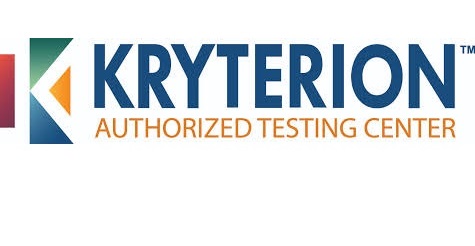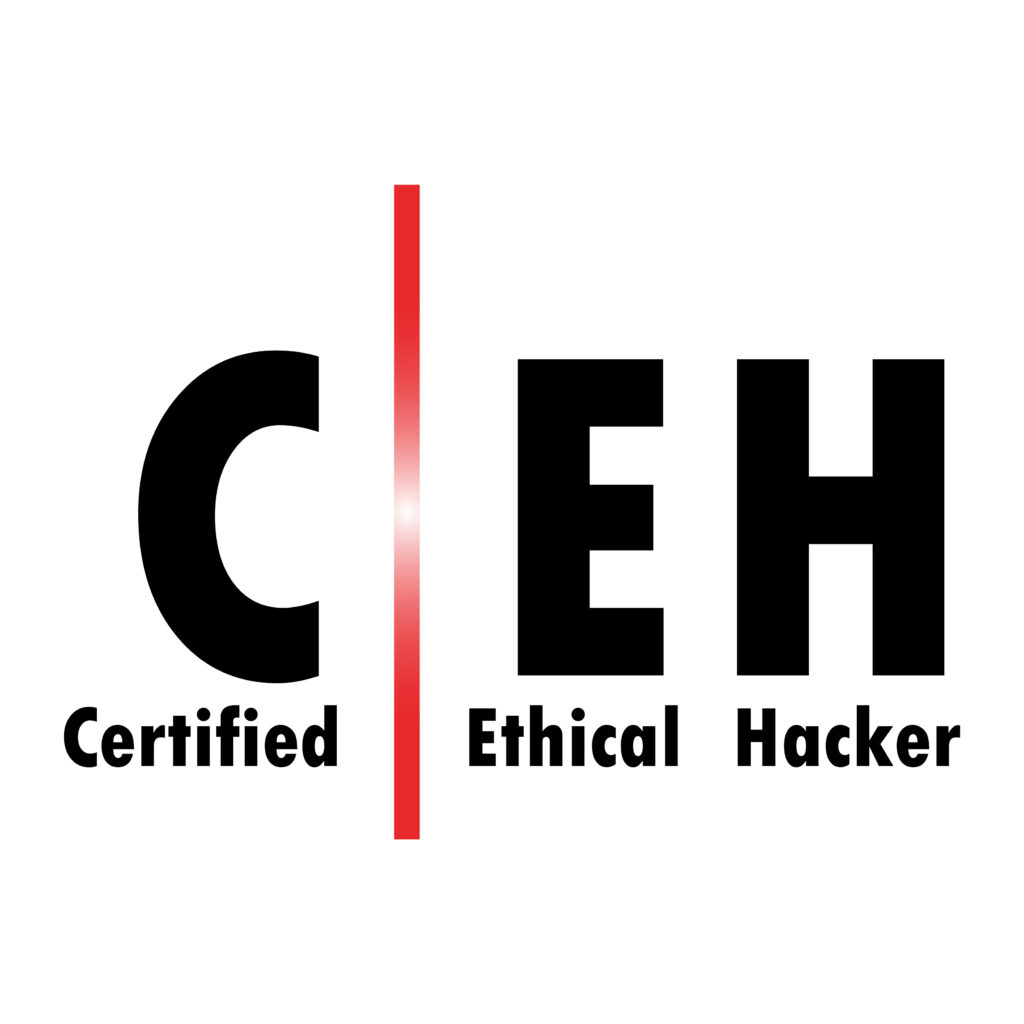
Official Courses in Switzerland: Cisco, CompTIA, EC-Council, Cloud Credential Council.
Instructor-Led Courses
Attend your courses in traditional classroom or in virtual environment connecting remotely with your instructor. Instructor leaded training is the best way to get knowledge on new topics and areas.
Digital Courses
Study your courses at your own pace, accessing study material and lab environment based on your schedule. Virtualmente propose interesting bundle and offers.
Certification Exam Testing
Take your certification exam directly at our Lugano testing center or asking for a testing events directly at your office or city. This option is the best for small or large teams taking exams.
Training Provider & Certifications Testing Center
Attend your course with Virtualmente and take the related certification exam in our testing centers
Exam at your place
Virtualmente can organize testing events in your office, your facility and in your city.
This option is valuable for companies that need to certify their personnel but don’t want to make them travel and arrange for the exam booking.
More Testing Center Info














